Foot massage is an invaluable tool for reducing stress and promoting overall wellness. But did you know that knowing how often you should massage your feet can maximize its potential benefits? Regular foot massages can help to improve circulation, reduce inflammation, and relax tight muscles. In this article, we’ll discuss how often you should massage your feet in order to get the most out of them.
Contents
What Happens During a Foot Massage?
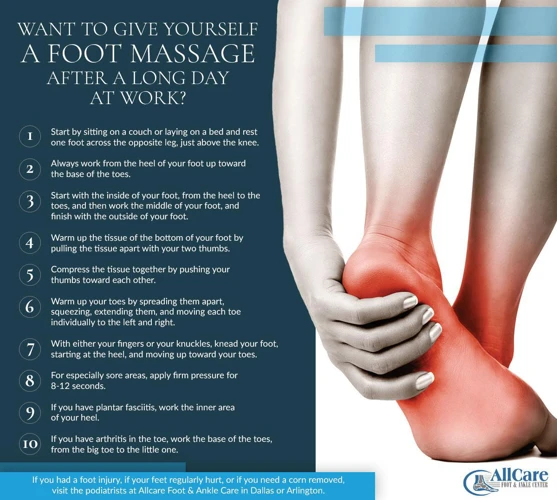
- Stimulation of Reflex Points: Foot massage stimulates the reflex points on the feet which correspond to various organs and body parts. This helps to relax and heal the entire body.
- Release of Toxins: Foot massage helps to release toxins from the body that accumulate due to stress and poor diet. This helps to improve overall health.
- Relaxation of Muscles: Foot massage helps to relax the muscles of the feet, ankles and legs, which helps to reduce inflammation and reduce pain.
- Improved Circulation: Foot massage helps to improve circulation to the feet and legs, which helps to reduce swelling and improve overall health.
- Stimulation of Nerves: Foot massage helps to stimulate the nerves of the feet, which helps to reduce stress, improve mood and boost energy levels.
Foot massage can provide numerous health benefits, which is why it is important to know how often to massage your feet. Taking regular foot massages can help to reduce stress, improve circulation, and release toxins from the body. To get the maximum benefits, it is recommended to get a foot massage at least once per week.
Benefits of Foot Massage
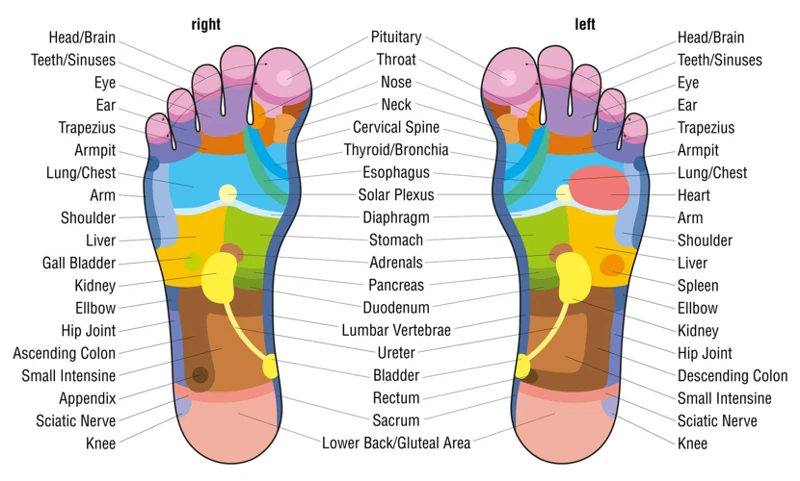
Improved Circulation
A foot massage can help improve circulation in your feet and lower legs. During the massage, your circulation is increased as the muscles are kneaded and the pressure applied increases blood flow to the area. This helps to reduce the risk of developing blood clots, which can be dangerous.
Reduced Stress and Tension
A foot massage can also help to reduce stress and tension in the body. The pressure applied to the feet and the massage techniques used can help to reduce muscle tension and stimulate the release of endorphins, the body’s natural feel-good hormones. This can help to reduce stress and anxiety, resulting in a feeling of relaxation and wellbeing.
Relief from Foot Pain
A foot massage can also provide relief from foot pain. During a foot massage, the muscles and soft tissues of the feet are loosened and relaxed, which can help to reduce pain and tension. What happens during a foot massage is that the pressure applied to the feet helps to increase blood flow to the area, providing relief from soreness and stiffness.
Knowing the benefits of foot massage is important, but so is understanding how often you should massage your feet. Generally, it is recommended that you have a foot massage at least once a week for maximum benefit.
How Often Should You Massage Your Feet?
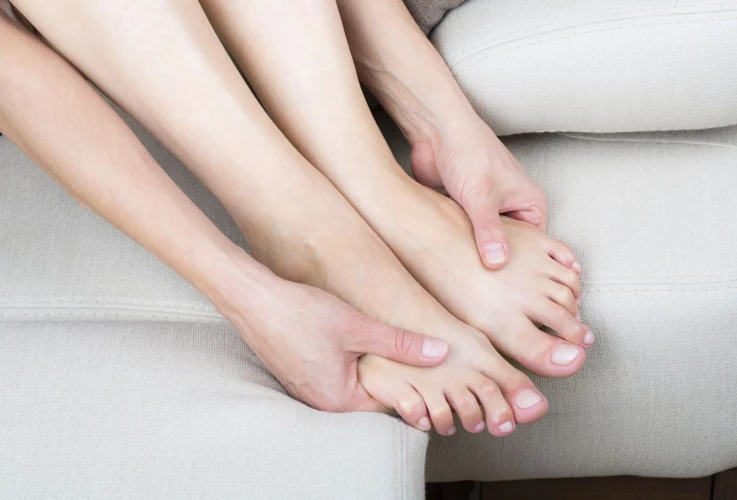
Foot massage is an incredibly beneficial way to relax, improve circulation, and reduce pain. But how often should you massage your feet to reap the most benefits?
Daily: For those looking to boost their circulation, reduce inflammation, and improve their overall physical health, a daily foot massage is strongly recommended. A daily massage can also help to reduce stress, improve mental clarity, and promote relaxation.
Weekly: Those looking to reduce pain and stiffness in their feet may benefit from weekly foot massages. A weekly massage can help to reduce chronic foot pain, improve flexibility, and reduce tension.
Monthly: For those looking to maintain overall foot health, a monthly massage is a great way to keep your feet feeling their best. Monthly massages can help to improve your posture, reduce headaches, and improve energy levels.
As Needed: For those who experience occasional foot pain or discomfort, massaging your feet as needed can help to alleviate symptoms. This can be done as often as needed, depending on the severity of the pain or discomfort.
No matter what your needs are, foot massage can be a great way to relax, reduce discomfort, and improve overall health. Whether you opt for a daily, weekly, monthly, or as-needed massage, you can unlock the power of foot massage to help you feel your best.
Types of Foot Massage
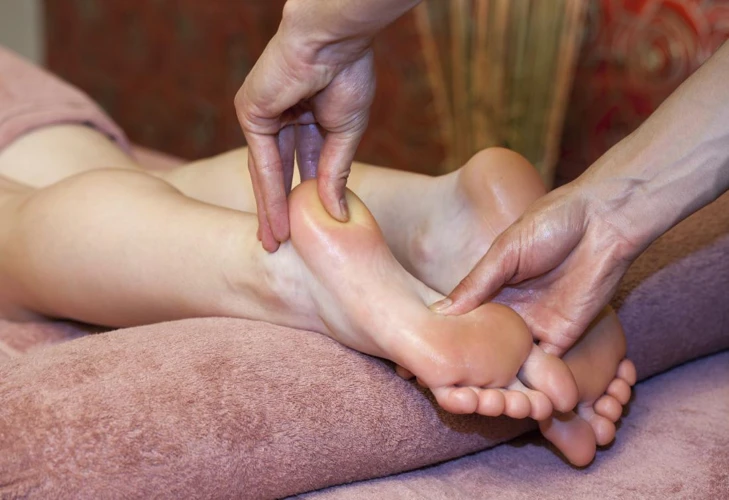
Reflexology
Reflexology is an ancient practice that involves pressing on specific reflex points on the feet, which are believed to be connected to various areas of the body.
Shiatsu
Shiatsu is a form of massage that uses pressure to stimulate energy pathways in the body.
Swedish
Swedish massage is a gentle form of massage that uses long strokes, kneading, and circular movements.
Deep Tissue
Deep Tissue massage is a form of massage that uses firm pressure and slow strokes to reach deeper layers of muscle and connective tissue.
Massaging Your Feet at Home
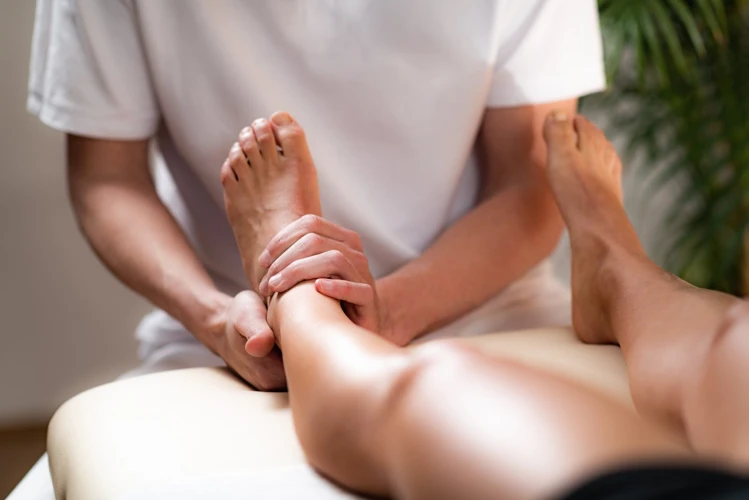
Frequency: It is recommended to massage your feet a few times a week to improve circulation and flexibility.
Technique:
- Start by using a medium pressure to massage the tops of your feet, using your thumbs to massage the arches and heels.
- Use your thumbs to massage along the inner and outer edges of your feet, starting from your toes and working your way up.
- Use your index and middle fingers to massage around your toes, starting from the base of each toe and working your way up.
- Use your knuckles to give a deep massage to the soles of your feet, starting from the heel and working your way up.
- Finish your massage with a gentle stroking motion from your toes to your heel.
Benefits: Massaging your feet regularly can improve circulation, reduce tension, and relieve aches and pains. It can also help to improve flexibility, reduce stress, and promote relaxation.
Common Mistakes to Avoid
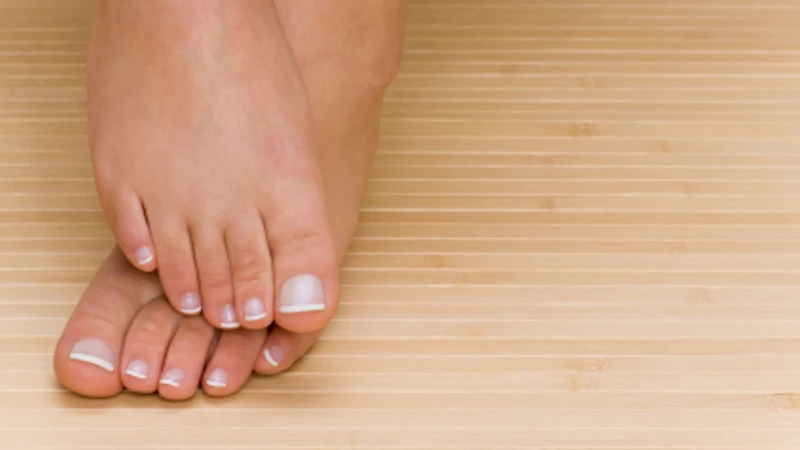
Not massaging with enough pressure: Massaging your feet requires the right amount of pressure. If you’re too gentle, you won’t get the desired effect. On the other hand, if you press too hard, it can be painful and could cause injury.
Not using proper massage techniques: Massaging your feet requires a certain technique. Incorrect techniques can be ineffective and even cause pain. Make sure you’re familiar with the proper techniques before you start.
Massaging too much or too often: Massaging your feet can be beneficial, but too much of it can cause more harm than good. Make sure to listen to your body and take breaks in between massages.
Stretching too far: While stretching can help loosen your muscles and improve your range of motion, it’s important to not push yourself too far. Overstretching can cause injury and put strain on your muscles.
Using the wrong tools: When massaging your feet, it’s important to use the right tools. Using the wrong tools can be ineffective, uncomfortable, or even dangerous.
Not using proper hygiene: Before you start massaging your feet, make sure your hands are clean and your feet are free of any dirt or debris. Failing to do so can result in infection and other health risks.
Foot Massage Safety
| Before Massaging Your Feet |
|
| During The Massage |
|
| After The Massage |
|
Frequently Asked Questions
What are the Benefits of Foot Massage?
1. Improved Circulation – Foot massage helps to increase circulation in the feet, allowing more oxygen and nutrients to be delivered to the muscles and cells. This improved circulation can help to reduce inflammation and ease pain.
2. Reduced Stress – Foot massage can help to reduce stress, improve relaxation and create a sense of well-being. Massaging your feet can also help to reduce tension, improve sleep quality and reduce mental fatigue.
3. Improved Flexibility – Foot massage can help to increase flexibility, reduce stiffness, and improve range of motion. This can help to reduce the risk of injury and improve performance.
4. Improved Nerve Function – Foot massage can help to improve nerve function, reduce pain and improve sensation in the feet.
5. Improved Immune System – Foot massage can help to stimulate the lymphatic system, which can help to boost the immune system and improve overall health.
6. Improved Digestion – Foot massage can help to improve digestion, reduce bloating and increase metabolism.
7. Improved Mood – Foot massage can help to reduce anxiety, depression, and other negative emotions. It can also help to improve mood and promote a sense of calmness.
What are the Risks Associated with Foot Massage?
- Pain: Foot massage can cause pain, especially if the pressure is too strong or applied to the wrong area. Be sure to communicate with your masseur or masseuse about what kind of pressure you want.
- Injury: If the masseur or masseuse applies too much pressure, it can cause injury to your feet. This could potentially lead to long-term damage if not treated.
- Infection: A foot massage can increase the risk of infection if the masseur or masseuse does not use proper hygiene or if the equipment is not cleaned properly.
- Allergies: Foot massage can cause an allergic reaction if the oils or lotions used contain ingredients to which you are allergic.
- Blood Clot: If the massage is too vigorous, it could cause a blood clot to form in your feet, which can be dangerous.
What is the Recommended Frequency of Foot Massage?
- Daily: Foot massage can be done on a daily basis to promote relaxation and good health.
- Weekly: Foot massage should be done at least once a week to provide the feet with the necessary relaxation and to reduce stress.
- Monthly: Foot massage should be done at least once a month to help improve circulation and reduce pain.
- Yearly: Foot massage should be done at least once a year as part of a regular foot health maintenance program.
Foot massage can be done more frequently depending on the needs of the individual. For example, those with foot problems may need to massage their feet more frequently, while those with no foot problems may need to massage their feet less often.
What Types of Foot Massage are Available?
Foot massage can help reduce stress, improve circulation, and provide relief from pain or discomfort. There are several types of massage available to target specific areas, such as reflexology, Swedish massage, and acupressure. Reflexology is a type of massage that focuses on specific points on the feet that correspond to organs and other parts of the body. Swedish massage is a more general massage that uses long strokes, kneading, circular motions, and vibration to relax the whole body. Acupressure is a type of massage that uses pressure to target specific points on the feet.
How can I make sure my foot massage is effective?
- Use the right technique: To ensure your foot massage is effective, use the right massage techniques. This includes kneading, tapping and stroking the feet in specific “foot massage maps” to activate certain reflexology points.
- Be consistent: To make sure your foot massage is effective, do it regularly. Aim for at least a few times a week.
- Choose the right oils: Essential oils such as peppermint and lavender can be used to enhance the massage experience. Make sure you use the right quantity and dilute the oils with a carrier oil.
- Adjust the pressure: Depending on your preference and the condition of your feet, you can adjust the pressure of the massage. Too much pressure can make your feet sore, so be sure to adjust it accordingly.
- Pay attention to the soles: The soles of the feet contain many reflexology points. Make sure to pay special attention to this area.
Conclusion
Foot massage is an effective way to relieve pain and tension, improve circulation, and improve overall well-being. Depending on the individual’s needs, foot massage should be done at least once or twice a week, although more frequent sessions may be beneficial. As with any new self-care practice, it is important to listen to your body and find a massage frequency that works best for you.

